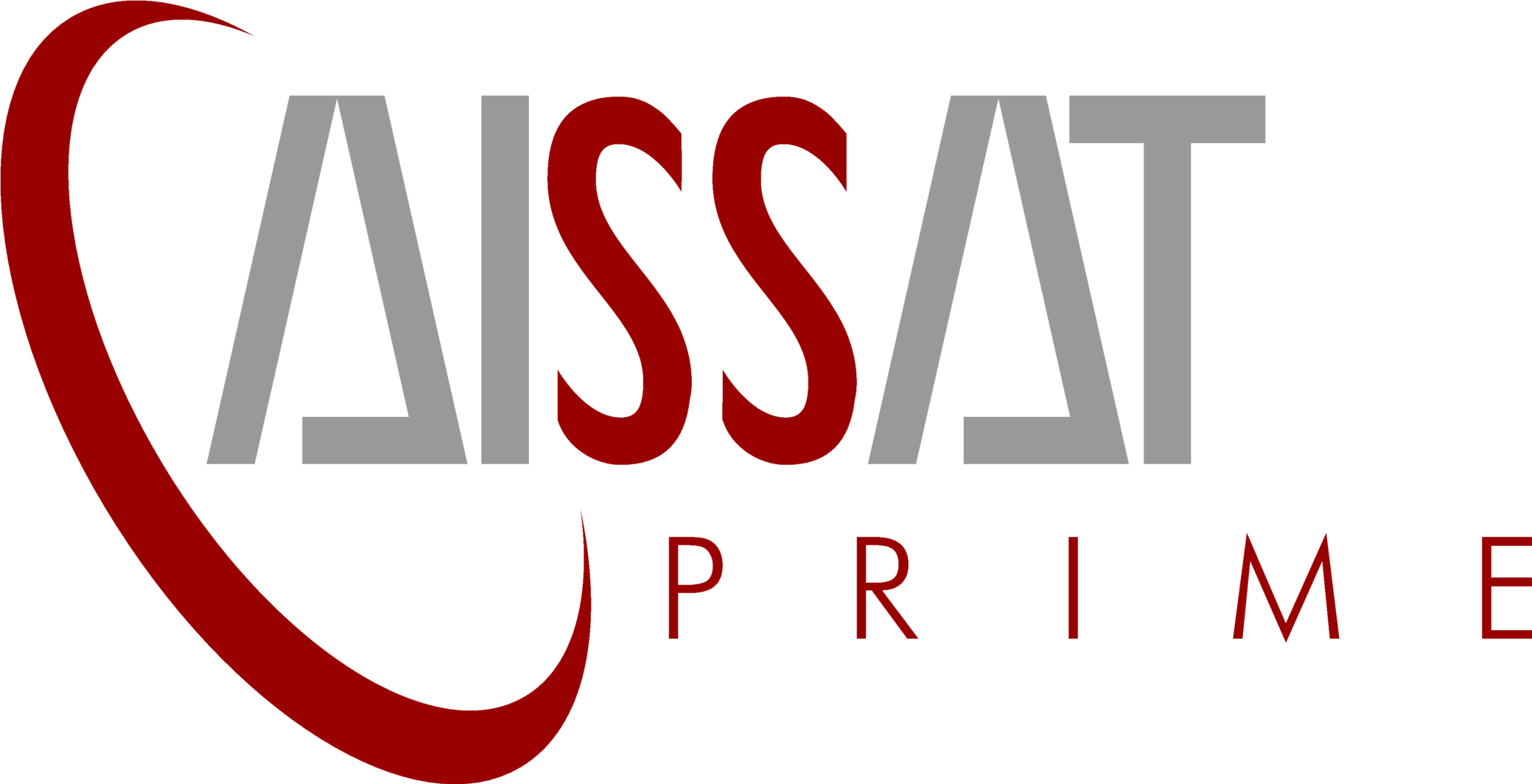Ulstein Sets New Course for Marine Operations
ULSTEIN has taken to the bridge to set a bold and innovative new course for marine operations in the 21st century. Focused on creating better, safer and simpler solutions for ships’ crews, ULSTEIN has devised the patent-pending ULSTEIN BRIDGE VISION™ – a ground-breaking concept that promises major improvements for the operational centres of vessels.
ULSTEIN BRIDGE VISION™ offers a catalogue of user-focused innovations, these include: Gesture-controlled infographics displayed on bridge windows; a system that automatically adapts to the individual user’s preferred setup; and a new breed of user-defined ergonomic work stations.
Tore Ulstein, Head of Market and Innovation and Chairman of the Board of Ulstein Group, explains that increased safety and simplicity have been the guiding principles and motivation behind the development of ULSTEIN BRIDGE VISION™, which refines the interaction between users and complex bridge-based systems. “We have succeeded in our goal to develop a user-friendly bridge with a simplified user interface, and I believe ULSTEIN BRIDGE VISION™ can become an innovation on par with the X-BOW® hull line design,” he says.
Innovation through collaboration
Due to the scope and ambitious goals of the project, Ulstein acknowledged the need to ‘work with the best to achieve the best’, opting for a collaborative approach. Product Manager Bridge in Ulstein Power & Control, Arne Ove Rødstøl, explains how ULSTEIN engineers sought the expertise of industrial, graphic and interaction designers from The Oslo School of Architecture and Design (AHO). “Together, we’ve created a human-centred operational environment for the future ship bridge,” he says. “Our focus throughout has been on the user, and the concept includes work space designs and new ways to interact with bridge systems.”
Technology with a human heart
This human-centred approach has guided the entire development process. Together, AHO and ULSTEIN have painted a detailed picture of the end users – the crew – and how they perform tasks during various operations. With nearly a century of maritime experience, ULSTEIN brought valuable insights to the analysis. AHO researchers then added details after spending time on offshore supply vessels observing how the crew actually used the equipment on the bridge.
“The observation process yielded several remarkable findings. Findings that would not have been revealed through standard feedback, due to the fact that the users are often unaware of the details of their movements in a complex work situation,” says Kjetil Nordby, Associate Professor at AHO.
Unique ergonomic benefits
The user conditions at the work stations have been one of the principal considerations throughout the project. “The human body works best when it can alternate between sitting, standing and walking – or as stated by a noted ergonomic expert, ‘the next position is the best’,” explains Nordby.
ULSTEIN BRIDGE VISION™ future work stations offer unique ergonomic benefits through the combination of an innovative bridge chair design, with multiple sitting positions, and a new, ground-breaking console design. In addition, the new bridge adapts both the workspace and software setup to the individual user’s specific requirements.
“The ergonomic benefits of ULSTEIN BRIDGE VISION™ will help reduce fatigue during complex operations and increase the crew’s ability to concentrate. This diminishes the potential for accidents, injury and ill health,” claims Nordby.
Window on the future
An eye-catching element of the pioneering system is the use of optical projections. These allow vital information to pop up directly on the windows (full frame head-up display) on the aft bridge and on seamless monitors directly below the windows on the front bridge. Operators can then access controls and information by using intuitive touch-commands and gestures.
The optical projection of information provides the users with all relevant details related to an operation in their line of vision, improving their ability to safely operate the vessel. It also makes coordination between crew members performing interdependent operations much simpler, as they can see the same information even though they positioned apart from one another.
“Captains often say that the most important information is outside the ship. The beauty of ULSTEIN BRIDGE VISION™ is that you do not have to choose between internal and external information because both can be viewed simultaneously,” Rødstøl says.
The system prioritises information based on the operation and situation of the ship. For example, when the ship is in transit mode, illustrations will be presented on a large, seamless surface below the windows on the front bridge. A real-time overlay is also possible, where the head-up display provides information on operationally critical tasks by showing elements the user cannot spot directly, such as fog, darkness or elements hidden behind objects. The display systems can also turn the bridge into a simulator for training or preparation before a critical operation.
Simplicity, safety and sophistication
The bridge solutions of ULSTEIN BRIDGE VISION™ are designed for easy installation, and the user interface is simple and identical on all systems on the bridge. According to Rødstøl, a consistent system is safer and more efficient because the users become proficient in a shorter period of time and need less training.
ULSTEIN BRIDGE VISION™ provides a comprehensive and sophisticated framework for operating advanced vessels, and offers a high level of flexibility and comfort for the crew, improving their operational effectiveness.
“It is a bridge revolution rather than a bridge evolution,” concludes Tore Ulstein.
Leave a reply

